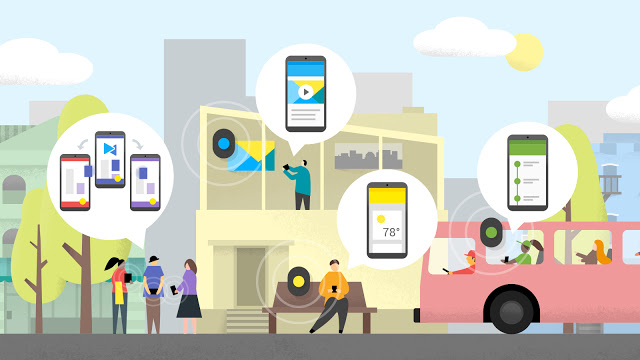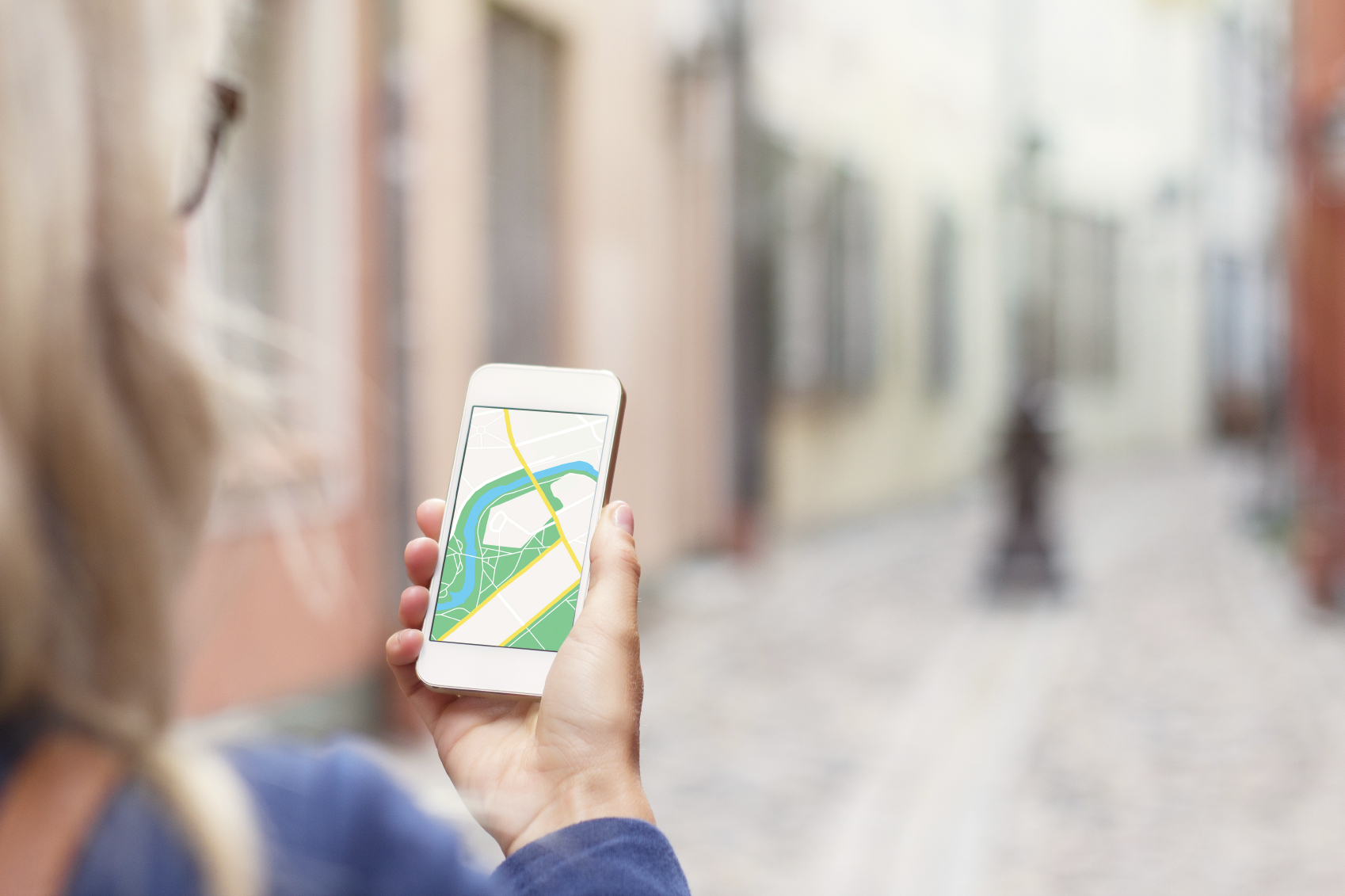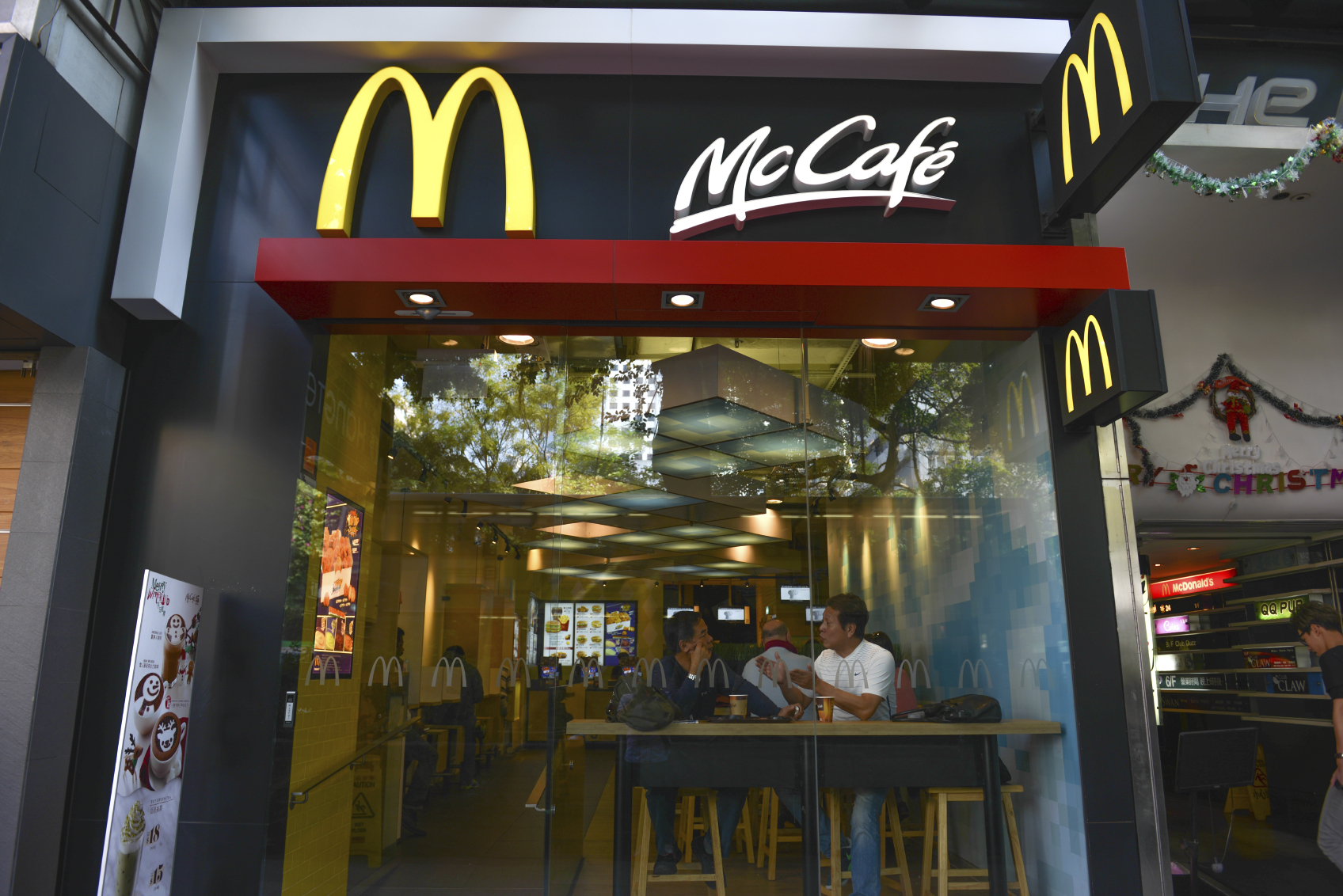Over the last four days, The Lab attended and covered six NY AdWeek events in total, and here is a round-up. Click on the titles to read more.
The IPG Media Lab kicked off Advertising Week bright and early on Monday, attending a panel on the future of programmatic featuring Matt Seiler, the Global CEO IPG Mediabrands; Vivek Shah, CEO and Chairman, IAB; Neil Vogel, CEO, About.com; and Tim Cadogan, CEO, OpenX; and moderated by Alex Kantrowitz of Ad Age.
On Monday, Michael Roth, the Chairman & CEO of IPG, moderated an Advertising Week panel with Rebecca Blumenstein, Deputy Editor-in-Chief, Wall Street Journal; David Pemsel, Deputy Chief Executive, The Guardian; Pete Cashmore, CEO & Founder, Mashable; and Greg Coleman, President, Buzzfeed; in which they discussed the future of the news and advertising’s role.
CBS’ Chief Research Officer David Poltrack, CMO of AOL Advertising Erika Nardini, and IPG Mediabrands’ Global CEO Matt Seiler came together this morning to talk about the future of audience measurement in a hyper-connected, multi-platform world. Representing the three key facets of the market (media companies, digital advertisers, and agencies, respectively), the three panelists debated shifting consumer behaviors and how the industry is adapting to such changes.
As part of our continuing Advertising Week coverage, this morning we attended a discussion on breakthroughs in audience targeting in cross-platform video advertising. Moderated by Scott Donaton, Global Chief Content Officer & Head of UM Studios, the panelists consisted of Bryan Gernert, CEO of Resonate; Jamie King, CPO of Keek; Andrew Snyder, Video Sales VP of Yahoo; and Matt Van Houten, Ad Sales Director of AT&T Adworks.
Continuing our coverage of New York Ad Week, today the Lab attended “Proximity Marketing, Wearables, and the Art of the Possible”, focusing on disruptive technologies and their impact on customer experience marketing. Led by Moderator Andrea Fishman from PwC, the panelists consisted of Fishman’s colleague David Clarke; Andrew Markowitz, Global Digital Strategy Director, GE; Mark Donovan, Chief Operating Officer, Thinaire; and Jordan Grossman, US Head of Sales at Waze.
“Reimagine Retail for the Connected Shopper” is the second Ad Week seminar we attended earlier today. Presented solely by Michael Dill, Managing Partner of Match Marketing Group, the seminar explored the various facets that today’s digitally connected shoppers are reshaping the retail market.






